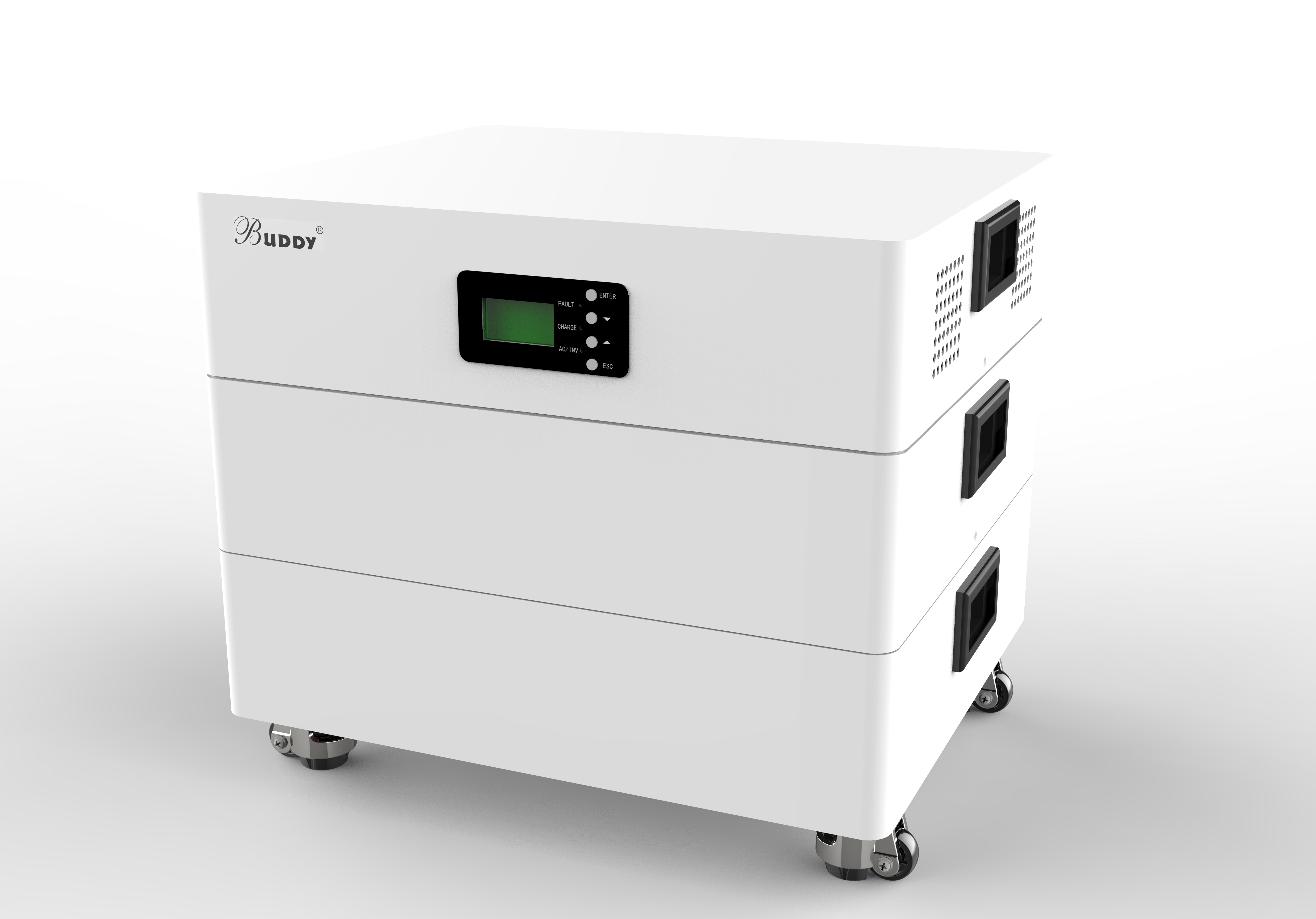
to determine how much energy you need to store, you should take the following steps:
1. Assessing your energy consumption
The first step in determining the required battery storage capacity is to analyze your energy consumption patterns. If you have data available, you can evaluate historical data to understand peak energy use, daily fluctuations, and seasonal variations. This analysis helps determine when energy demand is highest and when excess energy can be stored for later use.
2. Clear your goal and the request
clearly defined goals and requirements of the deployment of battery energy storage system. For example, do you want to increase energy resilience, integrate renewables, and transition to a completely off-grid lifestyle? In addition to understanding your energy consumption patterns, knowing your specific goals will guide the selection process and ensure that the system meets your expectations.
3. Calculate your load curve
Calculate your load curve by quantifying the energy required to power appliances, equipment, and machinery. Consider continuous loads (e.g. lighting, cooling) and intermittent loads (e.g. hair dryers). This calculation helps estimate the battery size needed to support load requirements during periods of high usage. You can check out our free battery selector tool to get started with this calculation.
4. Evaluate renewable energy integration
If you plan to integrate renewable energy sources such as solar or wind, evaluate the intermittency and variability of these energy sources. Calculate excess energy generated during peak production and determine the capacity of battery storage systems to capture and store this excess energy for use when renewable energy generation is low or unavailable.
5. Consider system efficiency and losses
Consider energy losses associated with battery charging, discharge, and conversion processes. Consider the efficiency of the battery storage system and adjust the calculated capacity to compensate for these losses, ensuring that the system can efficiently deliver the required available energy. Keep in mind that not all batteries are created equal. Lithium batteries, for example, have an efficiency of 99%, which minimizes losses during charging. Traditional lead-acid batteries have an efficiency of 75 to 80 percent, which leads to a lot of losses when charging.
6. Perform a technical and economic analysis
Perform a technical and economic analysis to evaluate the cost-effectiveness of different battery energy storage systems and configurations. Compare capital costs, operating expenses, and potential savings across different system sizes and technologies to determine the cost-effective solution that best meets your needs.
7. Consulting an expert
Seeking guidance from a battery storage expert can provide valuable insight and ensure that your size calculations are accurate and reliable. Collaborate with experts experienced in designing and deploying battery energy storage systems to optimize performance and maximize return on investment.
8. Monitoring and adjustment
After the battery energy storage system is deployed, periodically monitor its performance and make adjustments based on actual data and operating experience. Fine-tune Settings, adjust control strategies, and consider expanding or upgrading systems over time to meet changing energy demands and technological advancements.
By following these steps and considering key factors such as energy consumption patterns, renewable energy integration, and unique battery specifications, you can determine the appropriate battery storage required to effectively achieve your energy goals.